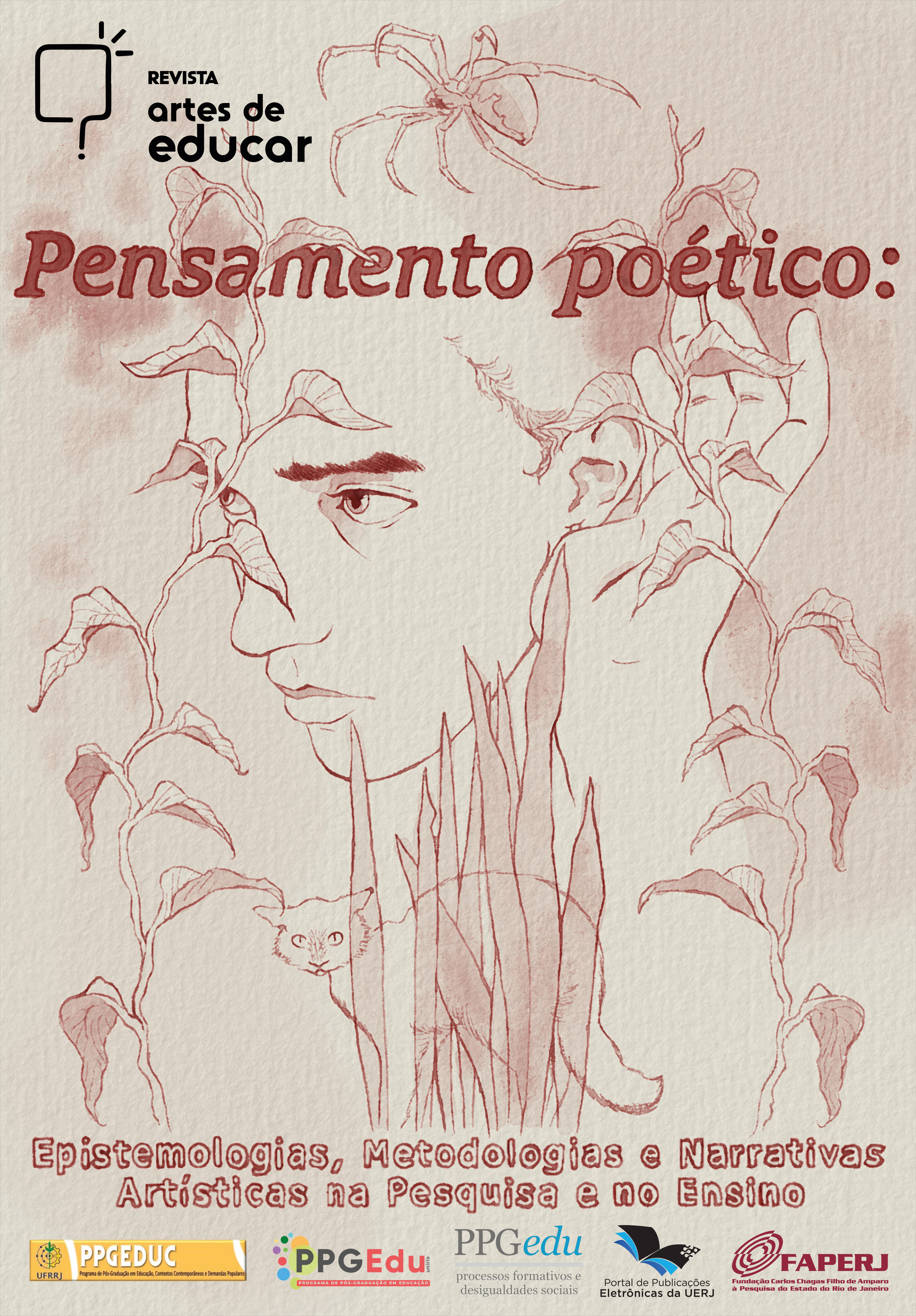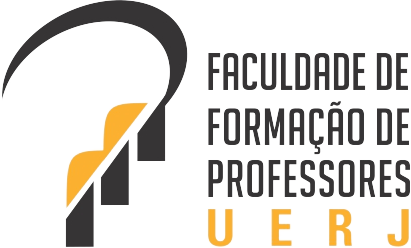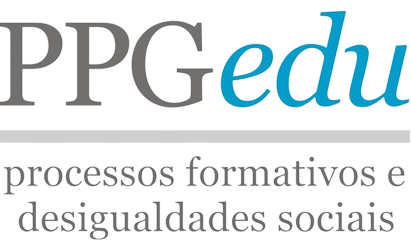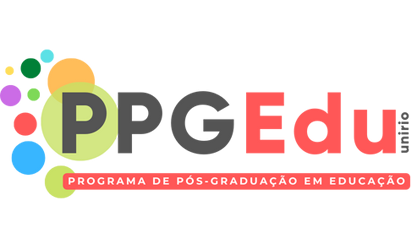Nós sabemos o que pode um corpo?
DOI:
https://doi.org/10.12957/riae.2024.82908Palavras-chave:
incorporação, percepção autista, pesquisa-criação, filosofia processualResumo
Em entrevista, a artista e filósofa canadense Erin Manning situa a questão do corpo no âmbito de suas pesquisas, desde uma aproximação que privilegia a incorporação a partir de uma mirada pós-humanística e processual. Situado em uma ecologia de relações que lhe dá possibilidade, o corpo é pensado a partir do acontecimento e da dança da atenção que se desenrola entre ambos. O que emerge daí é uma análise relacional e atenta às forças mais-que-humanas que, no caso desta discussão, desemboca em um debate acerca do caráter transindividual da incorporação, com ressonâncias na forma de pensarmos a neurodiversidade e a percepção autista, temas centrais na obra de Manning. Ao debater sobre eles, a pesquisadora também situa seus modos de fazer investigativo, assinalando alguns dos movimentos de seu trabalho que desembocam em um modo de compreender e se aproximar da pesquisa-criação e de conceber o próprio espaço de investigação enquanto ambiente criativo e atento às ecologias de existências que o instauram.
Downloads
Publicado
Como Citar
Edição
Seção
Licença
Copyright (c) 2024 Erin Manning; André Bocchetti, Julia Polessa Maçaira

Este trabalho está licenciado sob uma licença Creative Commons Attribution-NonCommercial 4.0 International License.
Os autores mantêm os direitos autorais dos seus trabalhos, têm permissão para publicar e distribuir seu trabalho online (ex.: em repositórios institucionais ou na sua página pessoal) a qualquer ponto antes ou durante o processo editorial, já que isso pode gerar alterações produtivas, bem como aumentar o impacto e a citação do trabalho publicado.
A aceitação do texto implica na autorização e exclusividade da Revista Interinstitucional Artes de Educar acerca do direito de primeira publicação, os trabalhos publicados estão simultaneamente licenciados com uma licença Creative Commons Atribuição-Não Comercial 4.0 Internacional 























